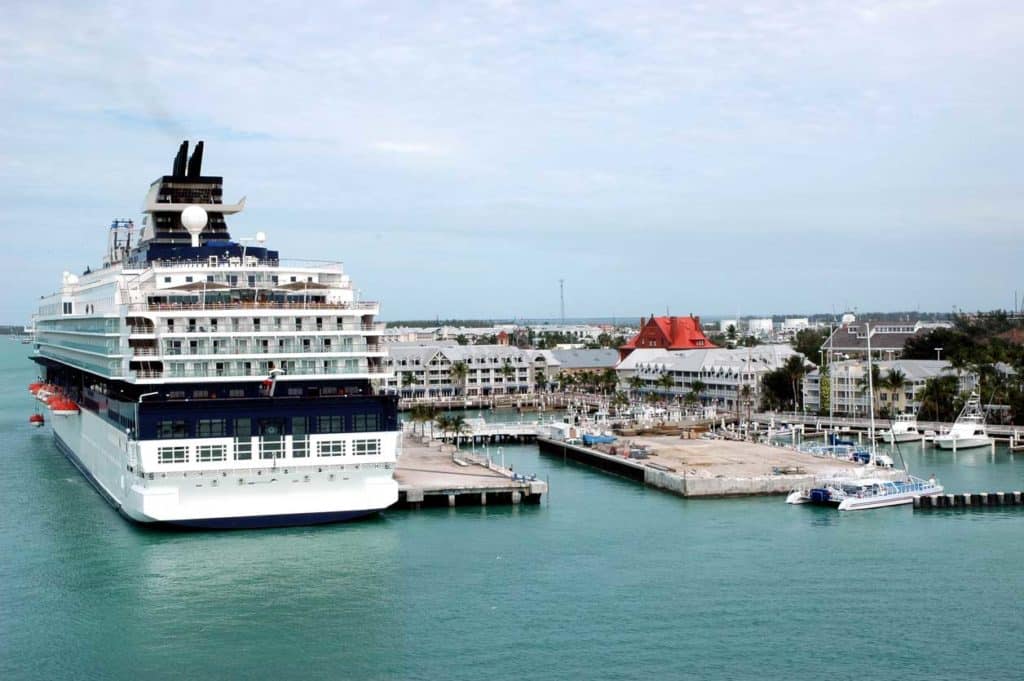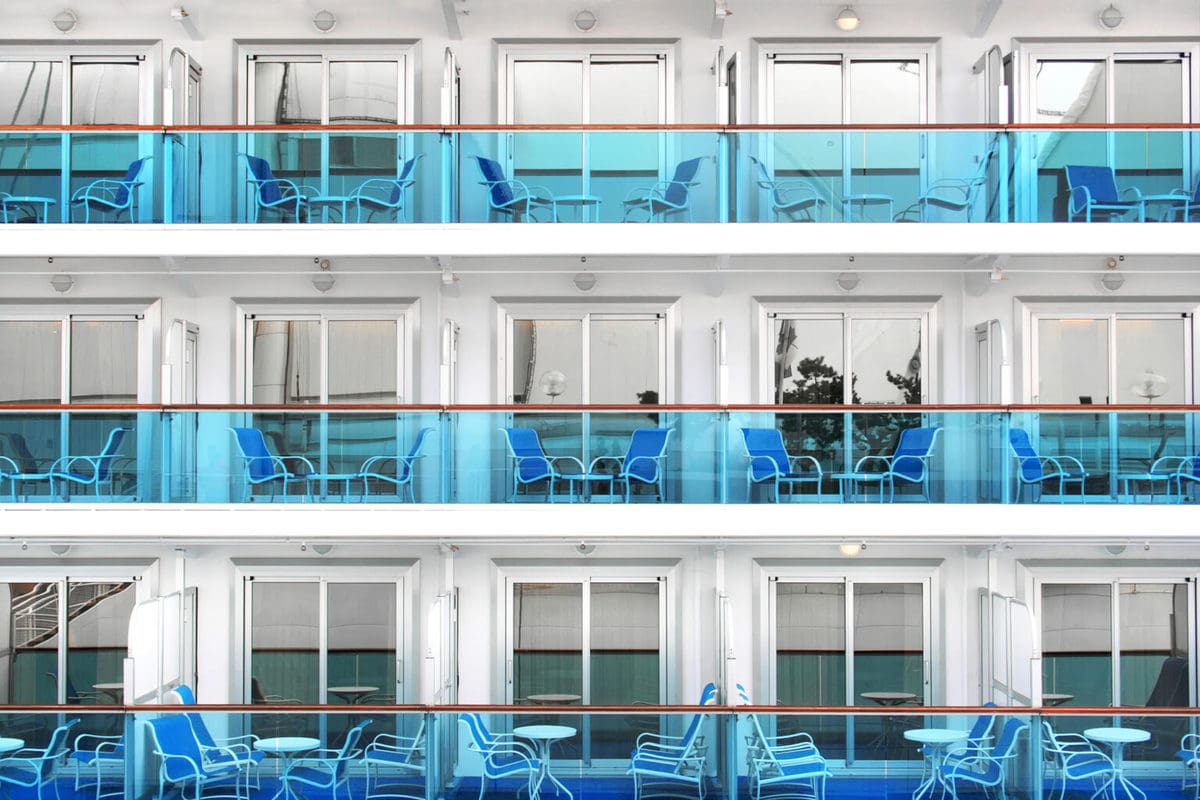Table Of Content
- C.D.C. Investigating Gastrointestinal Illness on Luxury Cruise Ship
- "Cruise ship virus" politics
- What it means for a ship to be monitored or under 'investigation' by CDC
- Ariana Madix reveals whether she’ll return to ‘Vanderpump Rules’ for Season 12 following Scandoval
- How can you stay healthy on a cruise?
- More Royal Caribbean
- Is norovirus common on cruise ships?

Purchasing cruise travel insurance with health coverage (medical clauses) is highly recommended. Other possible actions and results are red level ("Code Red") cleaning. The boarding/embarkation of new passengers is often delayed to permit more extensive disinfection of public areas and the cabins.
C.D.C. Investigating Gastrointestinal Illness on Luxury Cruise Ship
The spray is chemical-free, odourless, transparent and can be applied to all surfaces. Obviously, the first thing is to go to the ship's infirmary (medical center) and contact the doctor. You should drink plenty of water as dehydration is a side-effect of the illness. A few years ago an experimental Norovirus vaccine (applied as nasal spray) was developed by the "Center for Infectious Diseases and Vaccinology" (Arizona State University). During the onboard illness outbreak, VSP requires the cruise company to activate the "Outbreak Prevention and Response Plan" (vessel's response to illness cases). VSP doesn't charge fees for consultations related to shipping facilities renovations or new ships.
"Cruise ship virus" politics
Similar travel warnings were issued by other health agencies and governments. The ship includes multiple kitchens, grills and even an interactive space where guests can cook with Compton. Cunard Cruise Line confirmed that guests aboard the Queen Victoria had fallen ill in a statement to ABC News. Talk to a doctor or pharmacist about any medications you should pack, such as loperamide (Imodium) to help treat diarrhea or dimenhydrinate (Dramamine, Gravol) for nausea.
What it means for a ship to be monitored or under 'investigation' by CDC
The cause of the outbreak aboard the Queen Victoria Cruise is currently unknown. Flu season spiked early this year in the U.S., along with another respiratory illness that can be particularly dangerous for older adults, respiratory syncytial virus, which is known as RSV. Cases of flu and RSV have declined from fall’s peak, data from the Centers for Disease Control and Prevention (CDC) shows, but the viruses that cause these two illnesses are still circulating in the U.S. and other parts of the globe. A new AARP survey shows 81 percent of adults 50-plus who plan to travel in 2023 believe it’s safe to do so now, up from 77 percent in 2021. And while interest in cruising is down slightly among the 50-plus population this year compared to last, a recent AAA survey finds that, overall, the share of travelers considering a cruise vacation in 2023 is up. “Norovirus is one of the few viruses that doesn’t get deactivated by alcohol.
More Than 2,000 Stuck On Cruise Ship Because Of Mystery Illness - Forbes
More Than 2,000 Stuck On Cruise Ship Because Of Mystery Illness.
Posted: Sun, 25 Feb 2024 08:00:00 GMT [source]
One to keep an eye on is shigella, which the CDC notes has been behind GI outbreaks on cruise ships. This bacterium causes an infection known as shigellosis, which can cause fever, stomach pain and diarrhea that can be bloody or prolonged. In late February, more than 300 people aboard a Princess Cruises ship fell ill with diarrhea and vomiting, according to the CDC, though the agency didn’t cite the cause of the illness that sickened the 284 passengers and 34 crew. The Ruby Princess increased disinfection and cleaning procedures in the wake of the outbreak.

Norovirus outbreaks 2020 reports
It shows the number of sick passengers and crew (with the respective percentage to all), along with the corresponding CDC report pages (if available) as outgoing links. Vessel captains may request assistance from CDC to evaluate or control ARI outbreaks as needed. If the ship will not be arriving imminently at a U.S. seaport, CDC maritime staff will provide guidance to cruise ship officials regarding management and isolation of infected people and recommendations for other passengers and crew members. While only about 1% of all annual norovirus cases reported in the U.S. happen on cruise ships, the perception is it occurs more frequently due to media reports of gastrointestinal viral outbreaks on cruise ships.
Before COVID-19, colds and other minor respiratory illnesses were not taken as seriously as they are now. If you have any respiratory symptoms on a cruise, you may be asked to take a COVID test—likely on multiple days and with swabs of both the mouth and nostrils—to rule it out. If COVID-19 is ruled out and the ship’s doctor thinks you likely do have just a cold, no one else on board wants to get a cold or other mild illness either. So be extra diligent about washing your hands often, and wear a KN/N95-type mask to keep your germs from spreading. “It’s always important to answer any pre-boarding health questionnaires truthfully and to report any signs of illness to the ship’s crew as soon as symptoms arise,” says Cruise Critic’s editor-in-chief, Colleen McDaniel.
The symptoms are nausea, vomiting, diarrhea, indigestion, abdominal cramps. The illness lasts 1 to 4 days, but some people (especially elderly) may be contagious for up to 2 weeks after recovery. On day two, cases are reported to the CDC, data is pulled from REDCap and the color status is assessed by the agency. On day three, the color status is updated on the agency's public website. Orange status means the ship has reported cases among passengers and is being monitored but levels don't meet the threshold for CDC investigation. At least 28 of the Silver Nova ship’s 633 guests and one of its crew members reported feeling sick during their 16-day voyage from Peru, the Centers for Disease Control and Prevention said Monday.
Access to the online reporting form has been provided to cruise lines by CDC. Healthcare providers should understand the advantages and limitations of rapid diagnostic tests, and proper interpretation of negative results of any antigen diagnostic tests. Rapid antigen diagnostic tests have a lower sensitivity compared with RT-PCR, and false negative results can occur frequently. Your everyday medical insurance is unlikely to cover any medical expenses aboard a cruise ship, even if that ship is in U.S. waters. It’s a small price to pay for peace of mind and, if you do get sick or injured, coverage of potentially hundreds of thousands of dollars of medical expenses.
On most vessels, the medical facilities are located midship on a lower deck (for easier access and better stability) and usually among other crew facilities. Every passenger stateroom has the Infirmary's number - posted or by the cabin's phone. Most hospital ships are navy vessels (operated by military forces) which are specifically built for use in war zones.
The Queen Victoria, operated by Cunard Cruise Line, departed San Francisco Wednesday on its way from Florida to Hawaii. Exposure to less than 100 norovirus particles can make someone sick, and infected people typically shed billions of particles, according to the CDC. It only takes a small number of virus particles for norovirus to spread, which is why norovirus causes so many explosive outbreaks, Ko previously told TODAY.com. Norovirus can also get into food before, during or after preparation, and it's the top germ causing foodborne illness in the U.S., per the CDC. Virus particles can contaminate drinking water that isn't treated properly or pools when people poop in the water. The CDC's Vessel Sanitation Program continues to remotely monitor the situation, including "reviewing the ship's outbreak response and sanitation procedures."
After a lull during the COVID-19 pandemic, cases of the highly contagious virus that causes diarrhea and vomiting, aka stomach flu, spiked this winter and spring on land. As post-pandemic travel surges and millions of Americans return to cruise ships, an increasing number of cruise lines are reporting outbreaks at sea. Norovirus cases aboard cruise ships were on a steady decline between 2006 and 2019, according to CDC data. When the Covid pandemic hit, the CDC made a travel health notice advising against cruise ship travel. However, in March 2022 the agency dropped the health notice, though it strongly urged against cruising without a booster shot. Such viral/bacterial outbreak incidents affect the vacation experience of thousands of people, being packed up in a floating resort for many days on end.
The number of outbreaks in the first six months of 2023 is higher than the yearly total during every year since 2012, when there were 16 outbreaks on cruise ships reported to the CDC. VSP may also post information on gastrointestinal illness outbreaks of public health significance that do not necessarily meet the above criteria. As with COVID-19, you might be quarantined in your cabin if the ship’s doctor suspects you have a contagious disease like norovirus. The doctor may prescribe medications to prevent vomiting and diarrhea and give you advice to drink lots of fluids and rest as much as you can, but there is no treatment for norovirus, and it usually clears up after a few days. If you come down with COVID-19 while you’re on your cruise, you’ll likely be quarantined in your cabin. It’s important to prevent the spread, because it also affects the blood vessels, and one in 10 infections is causing long-term problems to the heart, circulatory system and brain.
Even with stringent vaccination, testing and masking, among other protocols, it is fairly common for coronavirus cases to emerge among passengers and crew on cruise vessels. For the agency to report a cruise-ship outbreak, 3% or more of passengers or crew members must report symptoms of gastrointestinal illness, such as vomiting and diarrhea, to the ship's medical staff. During the most recent outbreak, a 14-day cruise aboard the Viking Neptune in June, slightly over 13% of passengers (110 of 838) reported being ill with predominant symptoms of abdominal cramps, vomiting, and diarrhea, according to the CDC.
Zika virus (aka ZIKV) is a Flavivirus - from the genus of the viruses named West Nile, dengue, tick-borne encephalitis, yellow fever. These plus several other viruses may cause encephalitis (acute brain inflammation). In humans, Zika virus causes the Zika fever which is known to occur only within some equatorial regions. In 2014, Zika spread across the Pacific Ocean to French Polynesia, and soon to Easter Island. In 2015, Zika virus reached Central America, the Caribbean, and South America.

No comments:
Post a Comment